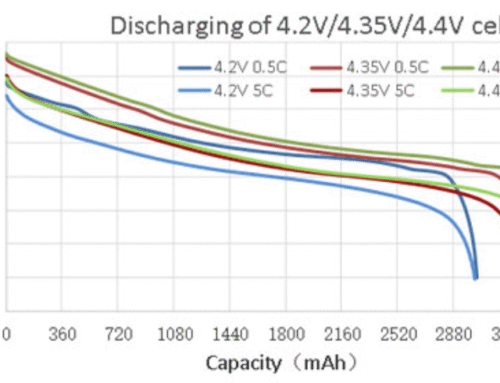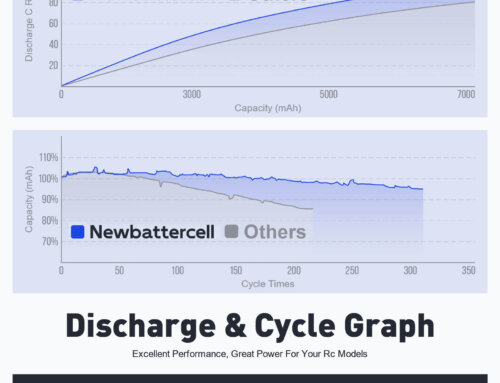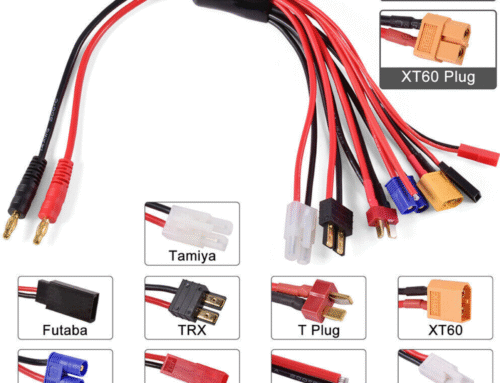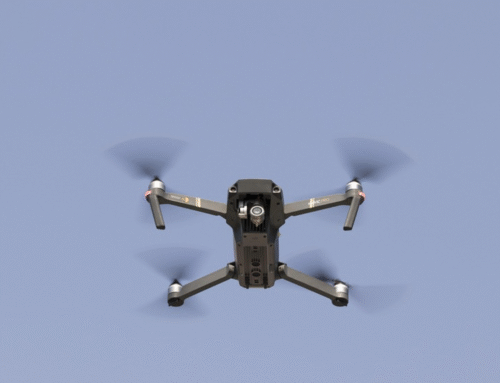Lithium-Ion Batteries vs. Lithium-Ion Batteries for Long-Distance Flights
Selecting the right battery technology is crucial for maximizing performance and efficiency in long-distance flight applications. The most prominent options are lithium-ion (Li-ion) and lithium polymer (LiPo) batteries. Both types offer unique features and advantages, catering to different needs, making the choice highly dependent on specific use cases. This article delves into the characteristics, benefits, and considerations of Li-ion and LiPo batteries to help you make an informed decision for long-distance flights.
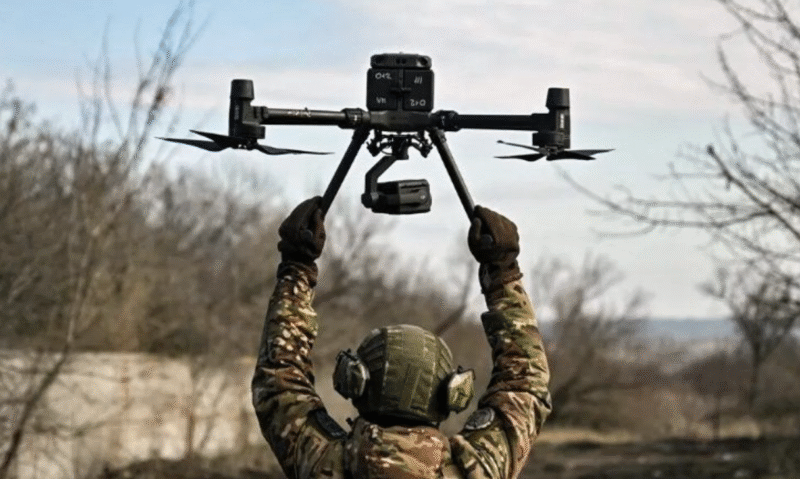
Understanding Lithium-Ion Batteries: Key Characteristics and Benefits
Li-ion batteries are a standout technology in portable energy solutions, widely adopted due to their unique features and advantages, making them suitable for long-range applications.
- High Energy Density: Li-ion batteries store significant energy in a compact, lightweight package, ideal for applications requiring extended range without added weight.
- Long Cycle Life: They endure numerous charge-discharge cycles before capacity drops below usable levels, ensuring durability and reduced replacement frequency.
- Low Self-Discharge Rate: Unlike some technologies, Li-ion batteries retain charge over time when not in use, enhancing readiness and reliability.
- High Efficiency: With minimal energy loss during charge-discharge cycles, they maximize available stored energy.
Benefits for Long-Range Use:
- Weight Reduction: Their lightweight nature is critical for applications like drones or electric vehicles, where total weight impacts performance.
- Consistent Power Output: They provide stable power throughout discharge, ideal for demanding, reliable applications.
- Environmental Impact: Advanced technology offers a lower footprint than older types and supports recyclability for sustainable practices.
- Safety Features: Integrated protection circuits prevent overcharging, overheating, and short circuits, enhancing operational safety.
Understanding Lithium Polymer Batteries: Key Characteristics and Benefits
LiPo batteries are renowned for their high energy density, making them a top choice for high-performance applications like drones and RC devices.
- High Energy Density: They store more energy per unit weight than many alternatives, suiting lightweight, powerful applications.
- Flexible Shapes and Sizes: The polymer electrolyte allows manufacturing in various forms, ideal for custom designs and compact devices.
- High Discharge Rate: They deliver rapid power bursts, essential for applications like drones needing quick energy spikes.
- Stable Voltage Supply: Consistent voltage throughout the discharge cycle enhances performance for voltage-sensitive electronics.
- Lightweight Design: Their reduced weight compared to alternatives makes them ideal for drones and portable gadgets.
- Low Self-Discharge Rate: They retain charge over extended periods, boosting reliability.
Benefits:
- Extended Flight Time: High energy density and lightweight design prolong flight duration for drone enthusiasts.
- Enhanced Power Delivery: High discharge rates support rapid acceleration or complex maneuvers in RC vehicles.
- Custom Fit: Varied shapes optimize space and performance in device design.
- Reduced Device Weight: Lightweight construction benefits handheld and portable applications.
- Long Storage Life: Low self-discharge ensures readiness even after long storage periods.
Energy Density Comparison: Li-Ion vs. LiPo
Energy density is a key factor when comparing batteries for long-range use.
- Li-Ion Batteries:
- Weight Energy Density: Approximately 150-250 Wh/kg.
- Compactness: High density allows more energy storage in smaller spaces.
- Durability: Better charge cycle retention over time.
- LiPo Batteries:
- Weight Energy Density: Around 100-200 Wh/kg.
- Shape Flexibility: Pouch design enables custom shapes for space-constrained designs.
- Weight Considerations: Lighter per capacity but may require additional protective layers.
Practical Comparison:
- Flight Time: Li-ion’s higher energy density favors longer flights.
- Weight Distribution: LiPo’s flexibility aids optimal weight balance for maneuverability.
- Cost: Li-ion is typically more expensive due to performance advantages.
- Safety Profile: LiPo’s pouch design poses a slightly higher risk than Li-ion’s robust casing.
Weight Considerations for Long-Distance Flights
Weight is a critical factor in long-range flight applications, with energy density and weight efficiency playing pivotal roles.
- Energy Density: Li-ion offers higher density than LiPo, benefiting range per weight unit.
- Structural Composition: LiPo’s pouch design is lighter, while Li-ion’s cylindrical/rectangular form may add slight weight.
- Weight-to-Capacity Ratio: Li-ion provides a better ratio, crucial for maximizing flight time.
- Battery Pack Configuration: Li-ion optimizes space and weight, while LiPo may need extra protective layers.
Summary:
- Li-Ion: Higher energy density, slightly heavier due to casing, better weight-to-capacity ratio.
- LiPo: Lighter structure, potentially bulkier with protective layers.
Safety and Durability: Li-Ion vs. LiPo
- Li-Ion Batteries:
- Safety: Robust casings and protection circuits prevent overcharging, overheating, and short circuits, reducing thermal runaway risks.
- Durability: Long lifespan with proper care, offering more charge cycles and low self-discharge for long-term storage.
- LiPo Batteries:
- Safety: Flexible packaging increases puncture risks and lacks Li-ion’s multi-layer protection, requiring careful handling.
- Durability: High energy density comes with faster degradation and higher self-discharge, needing meticulous maintenance.
Key Considerations:
- Use Case: Li-ion suits applications needing reliability, like smartphones.
- Handling: LiPo requires careful monitoring during charging and use, favored for high-performance tasks.
- Storage: Li-ion excels in long-term storage; LiPo needs regular checks.
Charge-Discharge Characteristics
- Li-Ion Batteries:
- Charging: Charges at lower voltage/current (4.2V per cell, 0.5C-1C), with high efficiency (>90%) and 500-1000 cycles.
- Discharging: High energy density supports long runtime, with 1C-5C peak rates and stable voltage.
- LiPo Batteries:
- Charging: Higher current rates (1C-3C), slightly lower efficiency, and 300-500 cycles.
- Discharging: 20C-50C+ rates suit high-power needs, but steeper voltage drops occur near end-of-cycle.
Performance Metrics: Flight Time and Efficiency
- Flight Time:
- Li-Ion: Higher energy density (3000-3500mAh) supports longer flights, ideal for endurance tasks.
- LiPo: 2200-5000mAh with high discharge rates suits short, intense flights.
- Efficiency:
- Li-Ion: Superior storage efficiency and consistent output.
- LiPo: Excels in power delivery with high continuous discharge rates.
Cost Analysis: Budget for Long-Distance Flights
- Initial Cost: Li-ion is pricier due to energy density; LiPo is more cost-effective initially.
- Long-Term Investment: Li-ion’s longer lifespan (300-500 cycles) reduces replacements; LiPo’s shorter life (150-300 cycles) increases costs.
- Maintenance: Li-ion has low costs with proper management; LiPo requires monitoring and storage solutions.
- Replacement/Disposal: Li-ion’s lower frequency offsets disposal costs; LiPo’s frequent replacements add up.
Use Case Scenarios: When to Choose Li-Ion or LiPo
- When to Choose Li-Ion:
- Extended flight time, lightweight needs, stable power, long-range missions, and safety focus.
- When to Choose LiPo:
- High discharge rates, performance-oriented flights, custom shapes, cold-weather use, and budget constraints.
Environmental Impact and Sustainability
- Li-Ion: Uses cobalt, nickel, lithium; lighter structure aids efficiency but involves resource-intensive mining.
- LiPo: Polymer electrolytes reduce liquid risks but rely on petrochemicals.
- Sustainability: Both face recycling challenges; innovations aim to improve recovery rates.
Future Trends in Battery Technology
- Solid-State Batteries: Higher density, safety, and faster charging.
- Silicon Anodes: Potential threefold energy density increase.
- Lithium-Sulfur: High density, low cost, with ongoing lifespan improvements.
- Graphene Batteries: Enhanced conductivity and lifespan.
- Recycling: Innovations reduce environmental impact.
- Wireless Charging: Improves convenience and compatibility.
Conclusion: Which Battery Suits Long-Distance Flights?
Li-ion’s higher energy density makes it ideal for extended flight times and lighter weight, perfect for long-range missions. LiPo excels in high-discharge, agile scenarios. The choice hinges on balancing energy density, weight, cost, and specific flight requirements. Notably, Newbettercell manufactures LiPo batteries, offering a reliable option for high-performance needs.
Key Considerations for Li-Ion Batteries:
- Energy Density: Li-ion batteries generally offer higher energy density compared to LiPo, meaning they can store more energy per unit of weight.
- Flight Time: Their higher energy density supports significantly extended flight durations, making them ideal for long-range flight missions.
- Weight: Lighter than LiPo batteries, they enhance the efficiency of drones or aircraft.
- Cost: Typically more expensive, but the increased flight time and efficiency can justify the investment for specific applications.
On the other hand, LiPo batteries excel in performance scenarios where instant power delivery is critical. Their ability to handle high discharge rates makes them suitable for adrenaline-pumping activities requiring speed and agility.
Key Considerations for LiPo Batteries:
- Power Delivery: LiPo batteries support higher discharge rates, providing rapid power to handle sudden speed bursts.
- Stability: More stable in high-stress environments than Li-ion batteries, as they can manage higher current loads without overheating.
- Cost: Generally more affordable, making them a popular choice for hobbyists and budget-conscious users.
- Weight: Heavier than Li-ion batteries, which can reduce overall flight efficiency.
Choosing between Li-ion and LiPo batteries for long-distance flights involves a careful assessment of performance characteristics and specific use case scenarios. Li-ion batteries, with their higher energy density, are the ideal choice for extending flight time, offering longer runtime and lighter overall weight. This makes them particularly suitable for applications requiring extended operation time and stable power output. In contrast, LiPo batteries perform exceptionally well in scenarios demanding high discharge rates and rapid power delivery, making them the preferred option for high-performance and agile maneuvers. While Li-ion batteries may have a higher initial cost, their efficiency and extended flight time can justify the investment for specific applications. Ultimately, the choice between Li-ion and LiPo batteries depends on balancing factors such as energy density, weight, cost, and the specific requirements of the flight operation.
